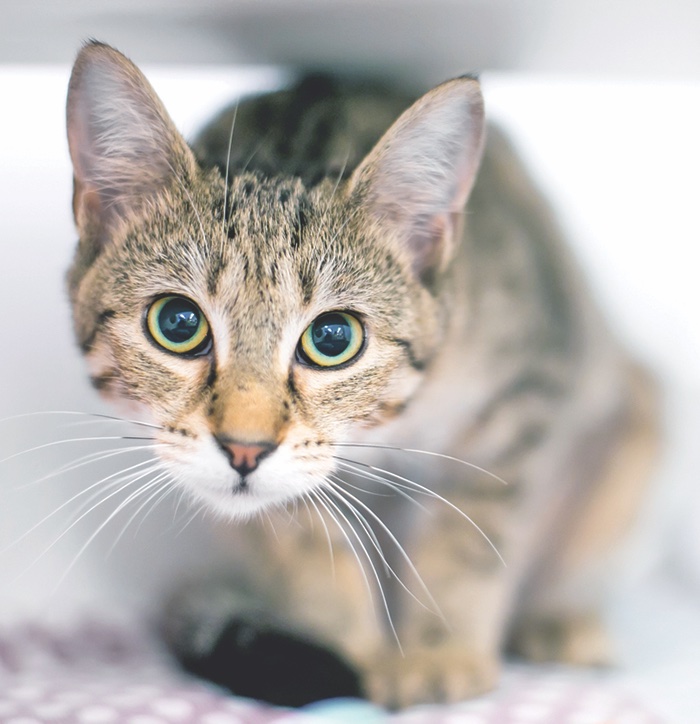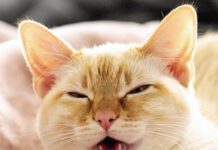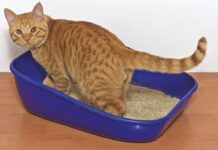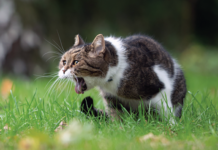Q: My 15-year-old female cat probably has feline idiopathic cystitis, which may be due to anxiety. Last summer, the vet saw what he thought was a struvite stone in her urinary tract and said she may need surgery. I tried switching her food to a diet to help dissolve struvite stones, but this was not successful, and there came a time when she became reluctant to use the box, meowed a lot when going, and wasn’t urinating in her usual position. We had the surgery in December, and no struvite stones were found in her urinary tract, but she had a mucous plug in her urethra. Since then, she has been fine. Do you know what caused a mucous plug? Will it return?
A: Thanks for getting in touch, and I am happy to hear that your kitty is doing well and hope that she continues to do so.
I think your story highlights a few important points about managing cats with feline lower urinary tract disease (FLUTD). The most important consideration is that, regardless of the cause of the signs that are commonly seen with this syndrome (reluctance to urinate, difficult/painful urination, vocalizing while urinating, blood in the urine, licking genitalia, referred to as lower urinary tract signs, or LUTS), owners must seek immediate veterinary consultation. Failure to do so could lead to a life-threatening obstruction of the lower urinary tract, as indicated in the story earlier in this issue.
FLUTD can be caused by several conditions, including uroliths (stones in the urinary tract), infections and/or inflammation in the urinary tract, cancer, structural abnormalities of the urinary tract (like strictures), and feline idiopathic cystitis (FIC).
FIC is a complex syndrome that is caused by an interplay between environmental stress and an abnormal neurologic and hormonal response to this stress in the walls and lining of the lower urinary tract of affected cats. It is presumptively diagnosed when all other potential causes of LUTS are ruled out.
While the definitive mechanism by which urethral plugs form is controversial, unlike uroliths (which are hard, non-compressible accumulations of minerals), plugs are soft, compressible accretions of mineral and organic material like white blood cells, red blood cells, and sloughed tissue. Interestingly, struvite (a crystal composed of magnesium, phosphorus, and ammonia) is found in many urethral plugs.
Urethral plugs can recur, so it is important to be vigilant for the recurrence of LUTS in your cat. While still the subject of ongoing research, feeding cats that have experienced urethral plugs a diet that promotes the dissolution of struvites in urine may help prevent recurrence. The effectiveness of such dietary modification can be monitored by performing serial urinalyses to assure that no struvite crystals are seen in the urine.
I hope that this is helpful. Providing dedicated play time, avoiding changes to schedules, litter, food, location of litterbox or food/water bowls, addressing intercat/pet aggression, and assuring that there are no outside stressors will be important.
Please continue to work closely with your veterinarian to assure best care. You can learn more about FLUTD at the Cornell Feline Health Center’s website at: tinyurl.com/FLUTDCornell. Best of luck, and please send us an update when you can.




